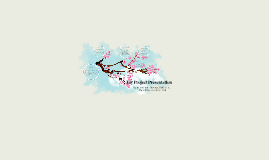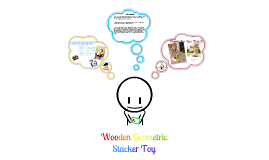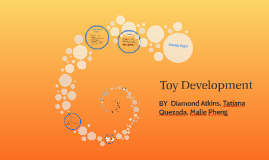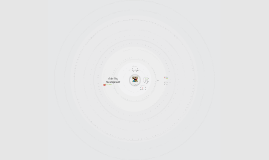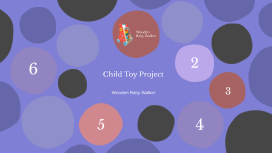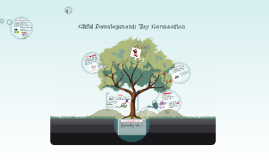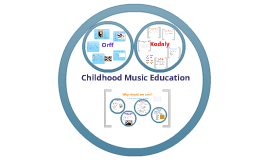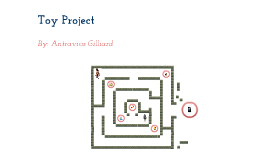Child Development Presentation
Transcript: The Four Stages of the Orff Approach Nothing but the numbers... (1895-1982)- a conductor and composer who devised an approach to teaching children music: the Orff Approach in the 1920s-1930s. So why do it? Basic Concept Language & Cognitive Development Long term benefits and childhood development Solfege “ Experience first, then intellectualize” " Elemental music is never just music. It's bound up with movement, dance and speech, and so it is a form of music in which one must participate, in which one is involved not as a listener but as a co-performer." The Kodaly Method It is a way of teaching young children musical skills and developing musical concepts Based upon the philosophies of Zoltan Kodaly who was a Hungarian composer of folk songs, educator, and author. Was developed in Hungary but is now used world wide Carl Orff Moveable Do Curwen hand signs pictures rhythm symbols Rhythm syllables folk songs What it uses Why should we care? shakers tap-a-tap tick tock tone block vibra slap wood blocks There is no one correct way to give an “Orff” lesson; however, there are basic principles and suggested procedures to follow: Example lesson- Start by reading a poem to the class, then have them recite it with you. Add a beat they they can clap out and recite the poem to that rhythm. Give some students musical instruments and have them play to the beat during specific parts of the song- choose parts that musically compliment the poem Afterwards, discuss the activity with the class and ask for their feedback. IQ score increases of 3 points Test scores 22% increase English 20% increase Math Siemens-Westinghouse competition in math, science, and technology winners 66% Med School Acceptance Pick an easy song/folk song of the child’s native country (something easy and that they know) Children are first taught how to match pitch by singing SolfegeNext children clap the beat of the song Then they step to the beat while clapping the vocal rhythm Kodaly Childhood Music Education His method involves the use of movement, games, and percussion instruments to engage children and spark their interest in music. Rhythm and percussion instruments are a huge part of the Orff Approach. Orff’s quotes on his method Where do I start?! Cultural factors Classical knowledge and philosophy Ethos/Melos Mathematics The "Mozart Effect" Latest Research Language IQ Test scores Private lessons Local resources Methods of teaching Kodaly Orff Suzuki Dalcroze How it's taught (Mary had a Little Lamb) afuches claves cow bells djembe rainmakers rhythm sticks sand blocks DO, RE, MI, FA, SO, LA, TI, DOCurwen hand symbolsMajor scale is This gives children a visual of what they are singing, to see how the notes rise and fall When teaching, they normally go up by each note. Ex: Do, Do Re Do, Do Re Mi Re Do….ect Orff imitation exploration improvisation composition Ages 2-9, critical for language development Music as a language and oral identification Left brain development Right brain development Spatial-temporal skills Anyone capable of lingual literacy are also capable of music literacy. And that visual and aural memory can develop musical skills






